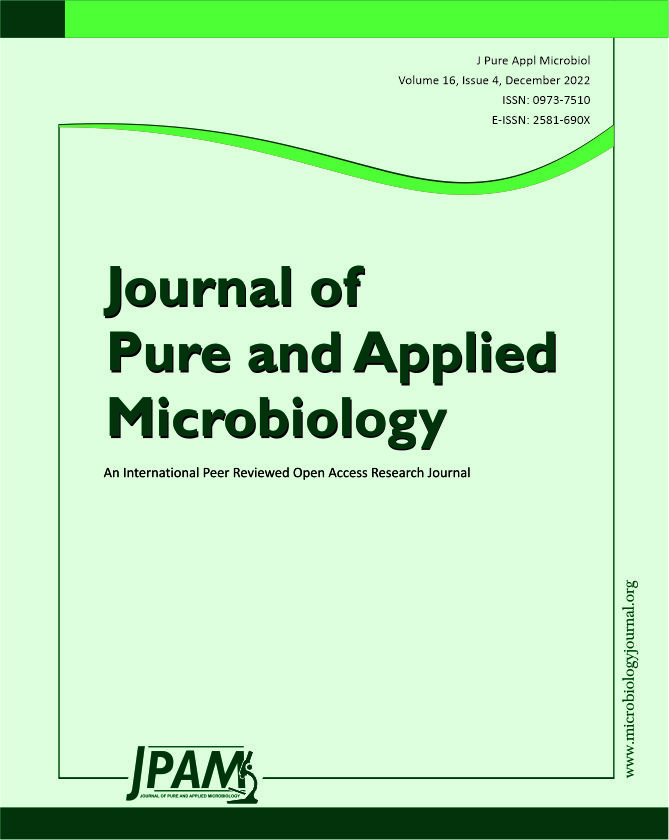Phytic acid is an antinutritional compound that chelates P and essential divalent cations such as Fe, Ca, and Zn in cereals and major staple crops such as wheat, maize, rice, and sorghum. As a result, these cations cannot be absorbed by monogastric animals or humans: phytic acid has an inhibitory effect on nutrient uptake and its levels are negatively correlated with protein and starch digestibility. However, phytic acid can be degraded by the action of the enzyme phytase. Phytase plays important roles in the degradation of phytic acid and in increasing the nutritional quality of staple foods. Microbial phytase is a versatile enzyme that is beneficial for humans, animals, the environment, and the industry. In this review, we summarise the interaction of phytic acid with micronutrients, various approaches to enhancing the nutritional profile of staple foods by reducing the phytic acid content, and current knowledge of microbial-based phytase as a potential reducer of phytic acid.
Phytic Acid, Phytase, Antinutritional, Micronutrient
© The Author(s) 2022. Open Access. This article is distributed under the terms of the Creative Commons Attribution 4.0 International License which permits unrestricted use, sharing, distribution, and reproduction in any medium, provided you give appropriate credit to the original author(s) and the source, provide a link to the Creative Commons license, and indicate if changes were made.


